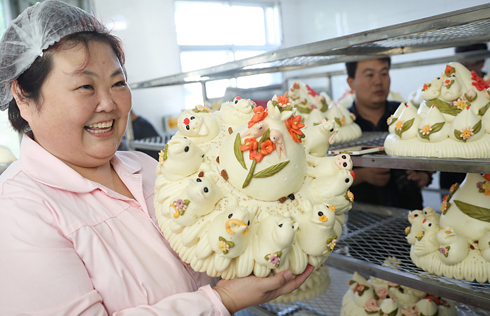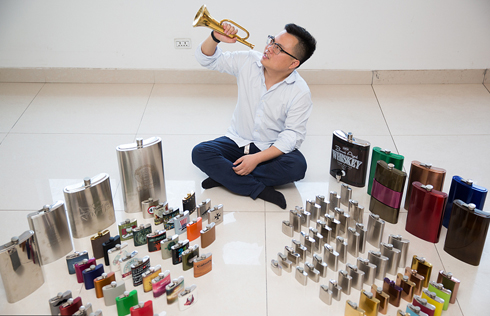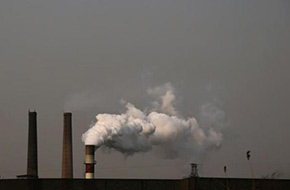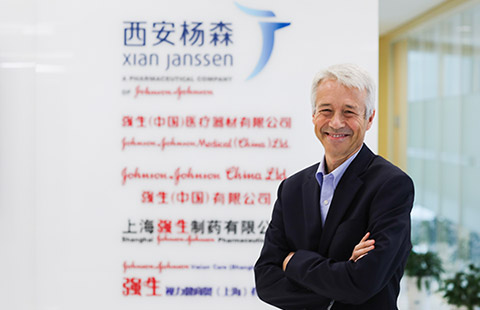Has China's banking sector entered a crunch time?
The Shanghai interbank overnight rate declined to 5.736 percent on June 25.
Cao Xuefeng, head of research at the Sichuan-based Huaxi Securities, said the tight lending is a new policy decision by Premier Li Keqiang.
Cao was echoed by Zhang Zhiwei, a China economist for Nomura Securities.
"The liquidity squeeze is the first real economic test for China's new leaders, to prove their willingness to overcome tough economic issues not with words but by their actions," said Zhang in a research note.
"If the new leaders maintain their current approach, we believe it will add downside risk to growth in 2013, but in our opinion this would help reduce systemic financial risks and support long-term sustainable growth."
Eyeing reform
During the past three decades of China's reform and opening-up, Chinese banks expanded recklessly by lending to a number of sectors. According to the China Banking Regulatory Commission, the total assets of Chinese banks reached 130 trillion yuan ($22.78 trillion) at the end of 2012.
What China lacks is not money supply but a sound financial system. That's why the central bank refused to inject liquidity to the markets as a way to force banks to transform their growth patterns.
How can this be done? The central bank says that banks should invigorate existing loans by retreating from high-risk loans and investing instead into more productive areas of the economy. Also, they should increase the quality of their assets and expand the scale of their financial services. The financial sector should serve the real economy, it said.
"On the surface, the liquidity shortage is the problem of banks. But the reason behind it is a slow financial reform and insufficient supervision," said Zhang Chenghui, Director of the Research Institute of Finance under the Development Research Center of the State Council.
Qu Hongbin, an economist from HSBC, said that the recent credit crunch shows the firm determination of the Chinese Government to reform the banking sector.
"If this happened several years ago, the central banks would have immediately injected liquidity to keep growth stable. But now, with lackluster economic growth and a liquidity crunch among the banks, the central bank still refuses to help commercial banks as it once did. This shows that the current government has a much higher tolerance for a slowdown in economic growth," said Qu.
"The government is more willing to roll out reforms, instead of simply stoking up the economy."

























